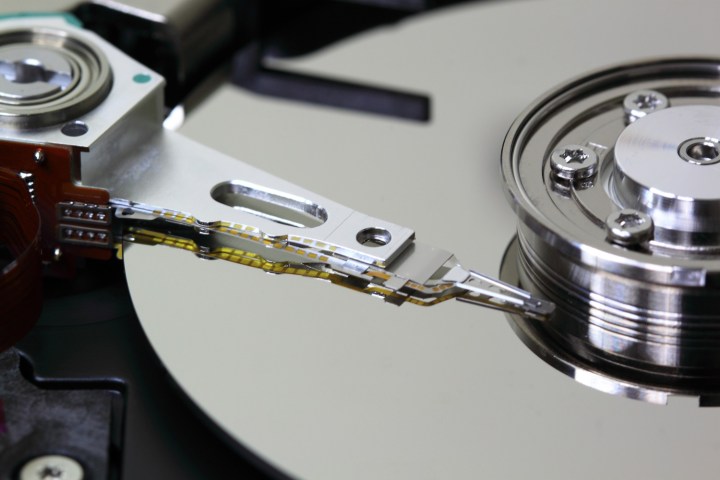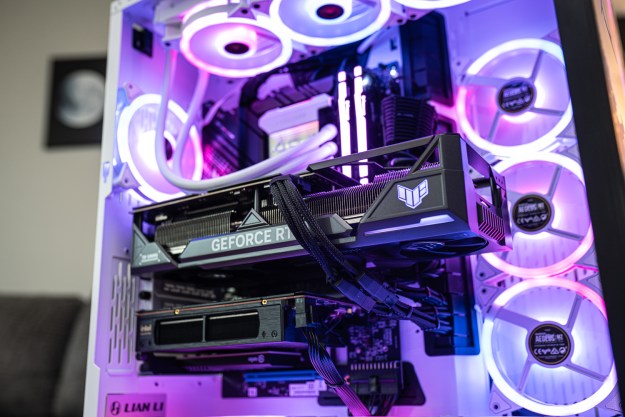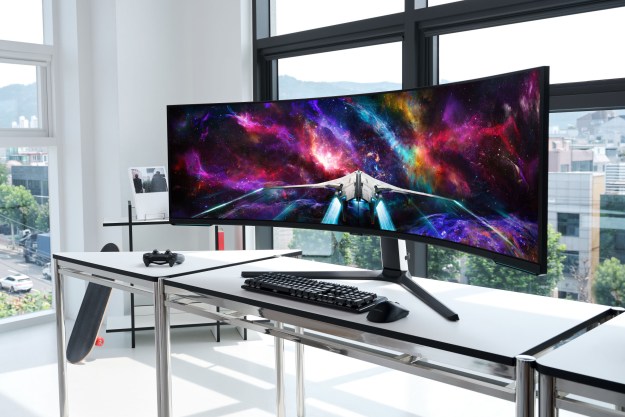
That’s according to service records compiled by Blackblaze, a cloud backup provider, Ars Technica is reporting. Blackblaze makes a habit of regularly sharing their experience with various models of hard drives, a potentially valuable resource for anyone shopping for a drive.
If you wanted to run a scientific experiment on hard-drive lifespans, a data center with 56,224 drives would be a great place to start. This is what makes Blackblaze’s report such interesting reading: they have a lot of hard drives running constantly, and offer a lot of details about the 18 different models of hard drives in their center.
Some Western Digital Drives have worrying numbers. The 2TB WD20EFRX, for example, has a 9.92 percent failure rate in the nearly three years of record keeping. The worst HGST drive, for comparison, had a failure rate of 4.89 percent, while most were closer to one percent.
Seagate’s drives, which make up the bulk of the data center’s drives, scored generally worse than HGST’s, but better than Western Digital’s. The 4TB ST400DM00 accounts for over 29,000 of the data center’s drives, and has a failure rate of only 2.99 percent.
At the same time, some Seagate drives were so bad they needed to be pulled from the data center entirely. The 3TB ST300DM001, for example, had a catastrophic 28.34 percent failure rate before being pulled.
Toshiba drives had a failure rate of around 3 percent, but Blackblaze uses so few of them — fewer than 300 overall — that it’s hard to conclude much from that.
The complete report, which you can read here, has a bunch more interesting tidbits. For example:
- Seagate drives seem to be better about reporting impending failures in the SMART status than drives from other manufacturers.
- Seagate’s 4TB drives are cheaper, per gigabyte, than 6TB drives, which is why the company mostly sticks with those at this point.
- Seagate’s 6TB drives use 60 percent more electricity than their 4TB models.
None of this is intended to be definitive: it’s just one company sharing their experience. But it makes for interesting reading nonetheless, and might be a good reference for anyone in the market for a new hard drive.


